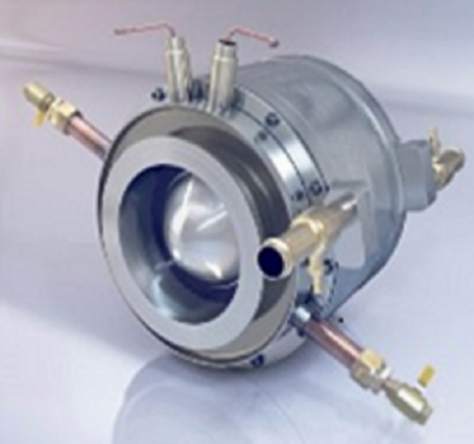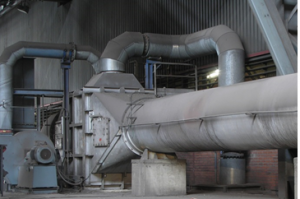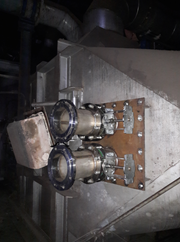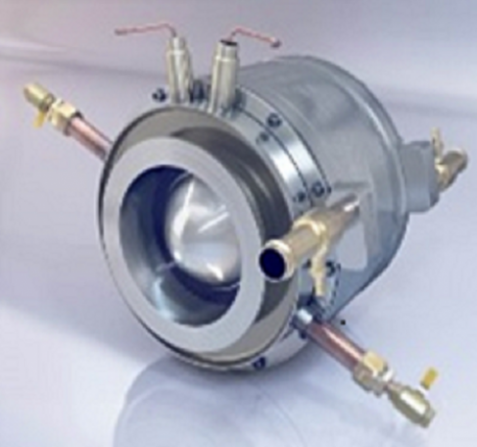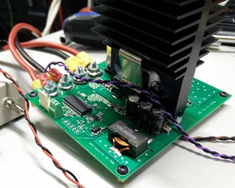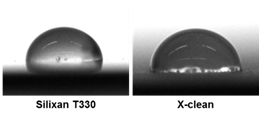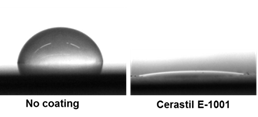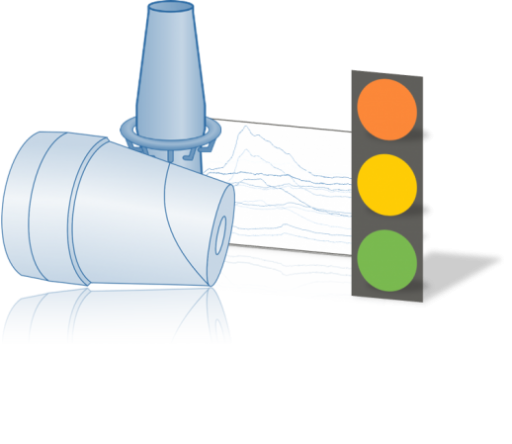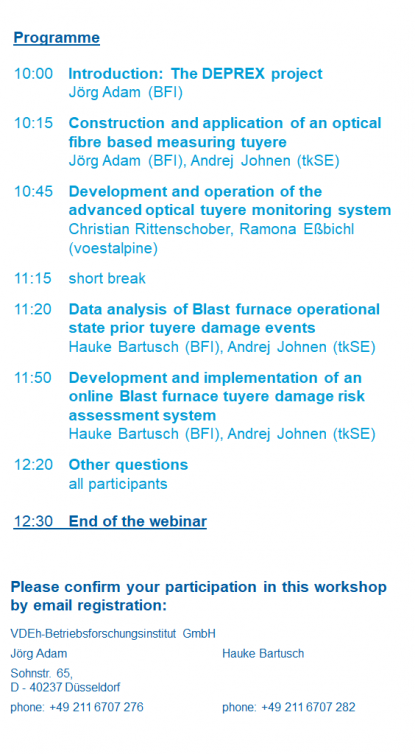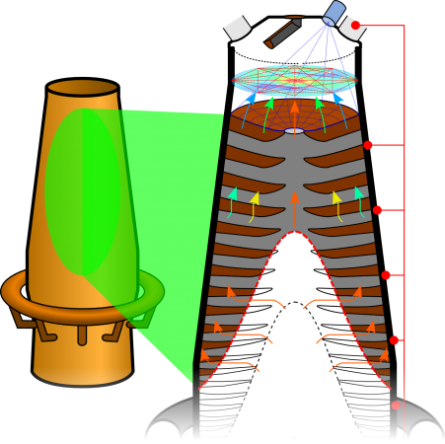The decreasing and fluctuating quality of raw materials and the aim to maximise PCI and decrease coke rates force European blast furnaces to operate closer to operational limits. At same time productivity and efficiency must be raised to survive in global competition. High stack permeability and stable gas distribution become most important.
However, the analysis and control of the stack processes is difficult: Hundreds of measurement values are available nowadays, but they are distributed around the blast furnace and just show indirect “fingerprints” from outside instead of the real internal process information needed (e.g. position of process zones).
New measurement techniques deliver very fast, full 2D information of the top (acoustical gas temperature, burden profile radar), but they are not sufficiently validated and not investigated by research. Instead, the operators are overcharged with even more separate measurement data. No overall process information is available to decide about control actions.
The main idea of StackMonitor is to establish a new hybrid approach of data processing which couples statistical and kinetic process models with several online measurements. This new approach will provide industrial benefit even beyond iron making, since several industrial processes suffer from the mismatch between the vast amount of measurement data and its poor exploitation.
To achieve this aim, StackMonitor establishes the innovative coupled CFD-DEM simulation to support online process monitoring and control, validated with comprehensive high temperature lab trials. Thus, for the first time the interrelations between solids and gas in the upper stack can realistically be described: The percolation, mixing and degradation of material during descent and the corresponding layer permeability.
Online tools for process monitoring, analysis and control are developed and validated in collaboration with three industry partners covering different operational conditions.
Involved Partners in the reseach are
- VDEh – Betriebsforschungsinstitut GMBh
- Aktiengesellschaft der Dillinger Hüttenwerke
- Salzgitter Flachstahl GmbH
- Abo Akademi
- Oulun Yliopisto
This project has received funding from the Research Fund for Coal and Steel under grant agreement No 709816.
stackMonitor research approach
The development of the online monitoring systems in StackMonitor will be achieved in four major steps which form the work packages in StackMonitor. An overview of the concept is illustrated in the following figure:

- Enhanced evaluation of new 2D BF top data measurements: The new top measurements will be validated in combination with conventional measurements, operational data and charging data. The influences acting on the top gas temperature measured by a 2D acoustical system will be investigated on different time scales to separate overlapping effects. CFD-DEM-simulations will support the investigations with new fundamental knowledge.
- Online determination of permeability of material layers during descent and analysis of stack gas flow: The 2D top data will be evaluated to derive new online information about the charged layers: The structure and descent of each layer will be determined using 3D radar data. A permeability indicator for each charged layer will be determined exploiting short-time changes of the acoustical top gas temperature. This data will be coupled with the change of material properties during descent including the interrelation to the gas flow, both delivered on a complete new level of detail and accuracy by an innovative CFD-DEM model and comprehensive lab trials.
- Multi-physics process zone determination by new 2D top data: After removal of charging influences the 2D top gas temperature profile delivers more accurate information about the gas flow through deeper stack zones. This information will be combined with vertical pressure measurements (along the wall) by a new multi-physics, multi-dimensional approach to estimate the cohesive zone profile. Furthermore, CFD flow simulations, online connected to measured data, will be established as powerful new approach to determine the stack process zones.
- Synthesis to online stack process monitoring and control tools: The investigations and tools from work steps 1-3 provide fundamentally new information about the stack processes and boundary conditions. Step 4 of StackMonitor will merge this information in online stack monitoring tools, clearly indicating temperature distribution, reaction zones and gas flow. The online tools will be used for recommendation of control actions. A clear industrial validation of all tools will be done at several blast furnaces to assure the transferability for a wide and general use within European steel industry.
